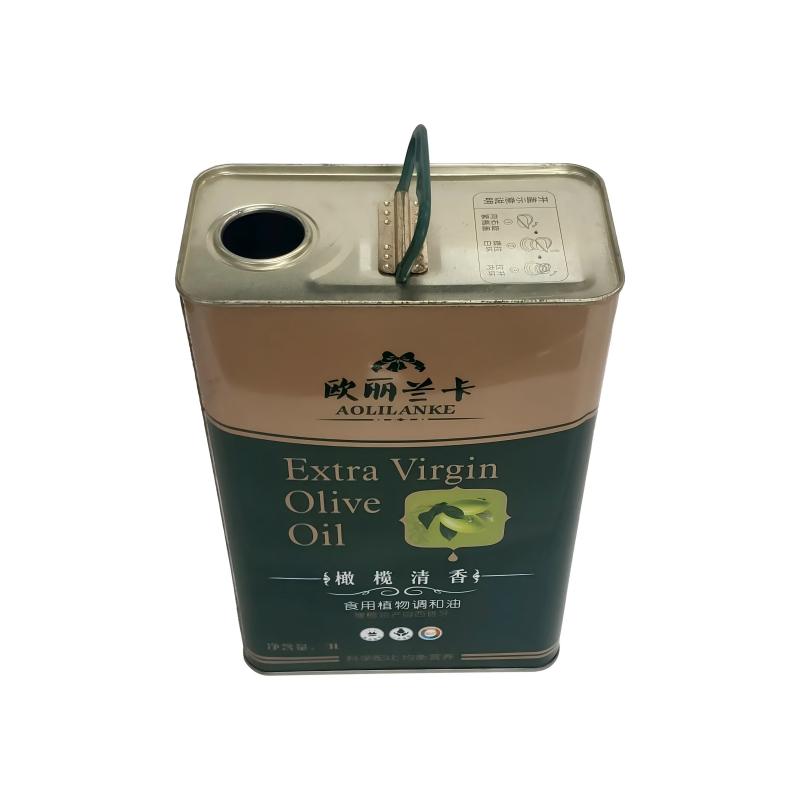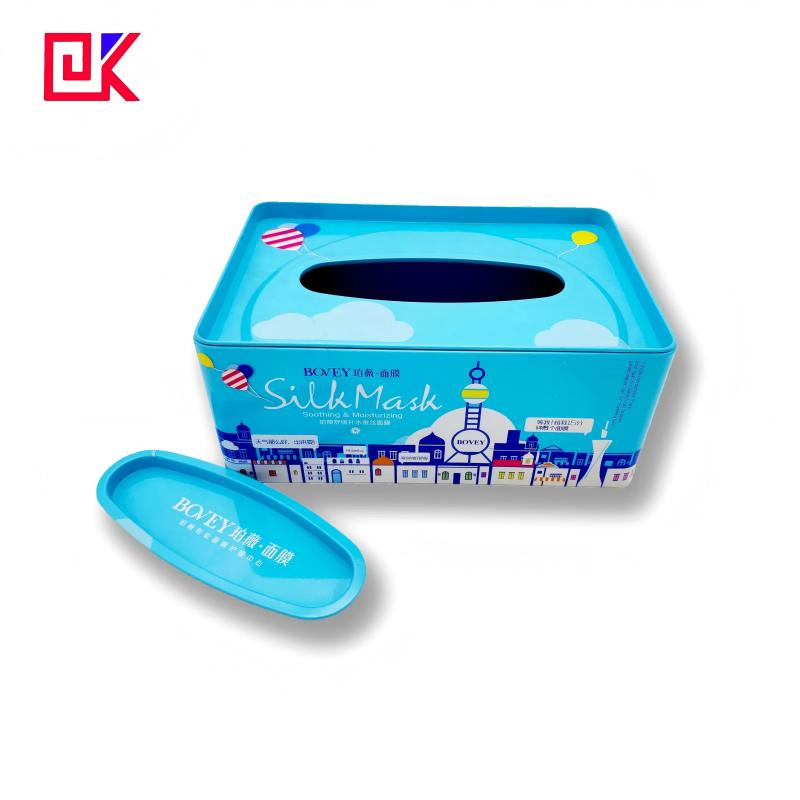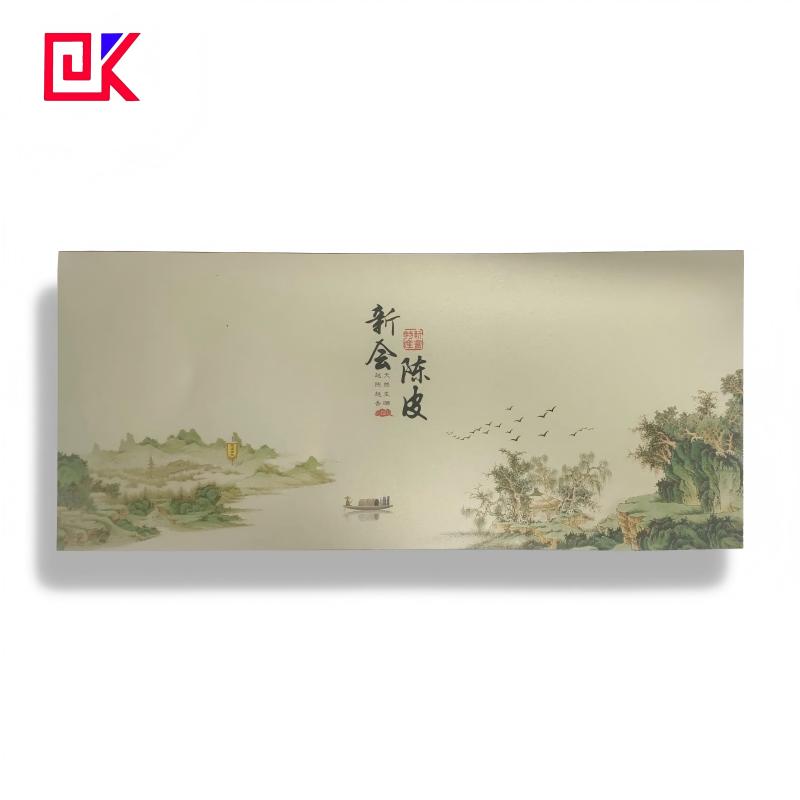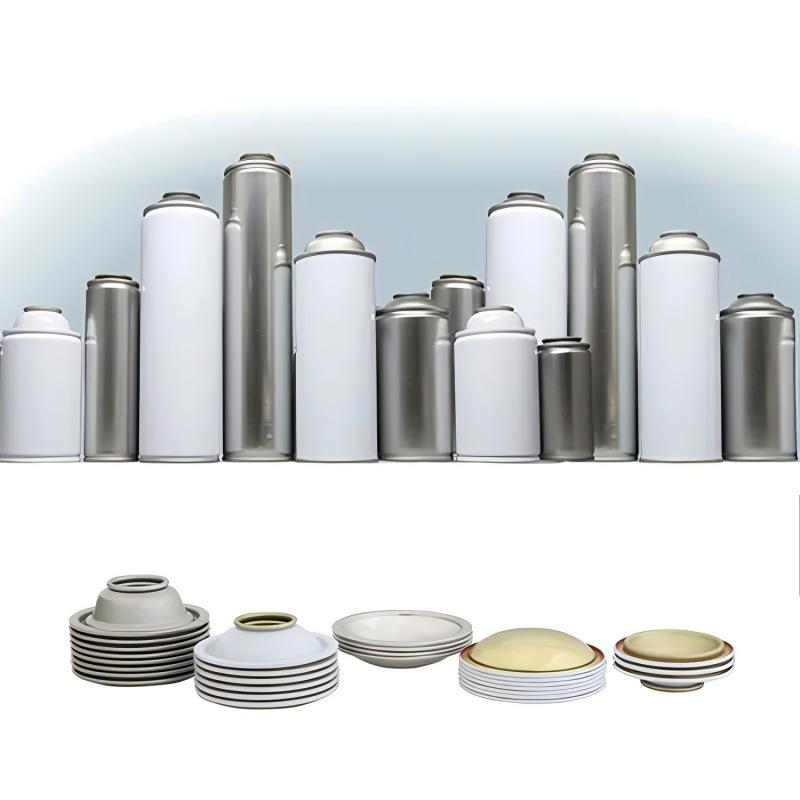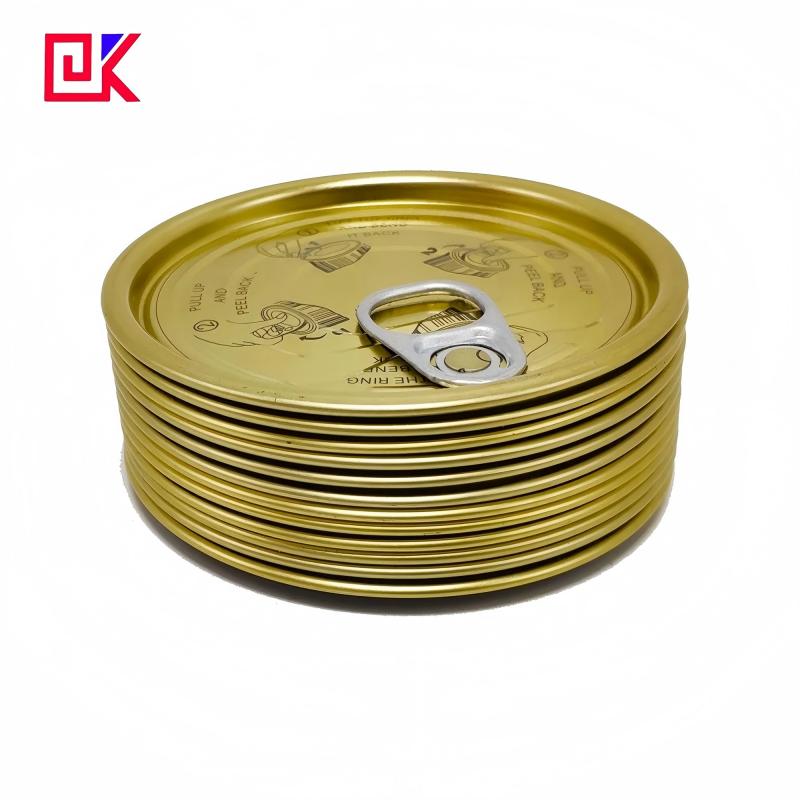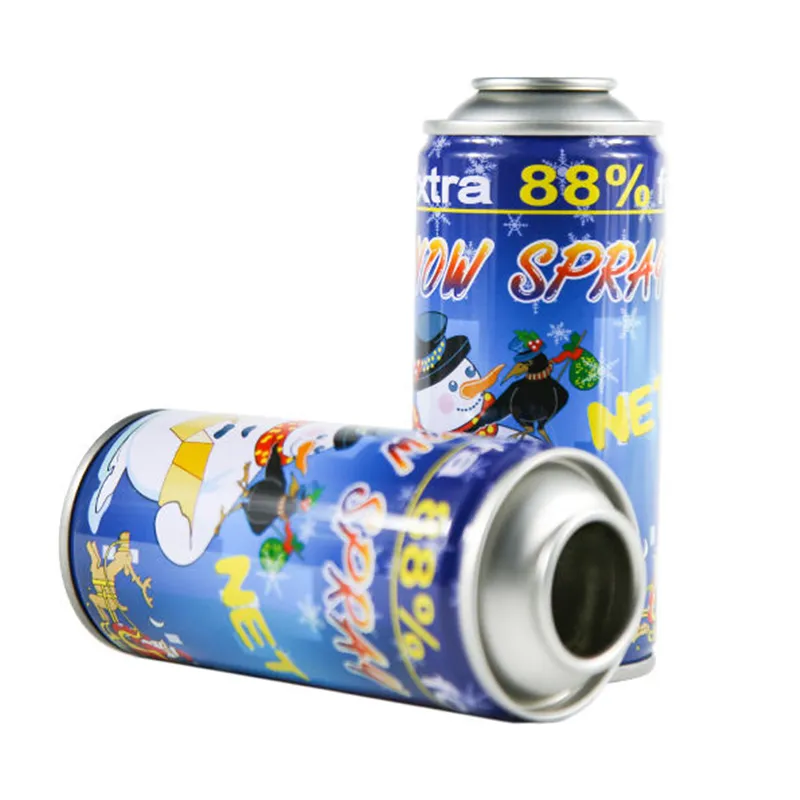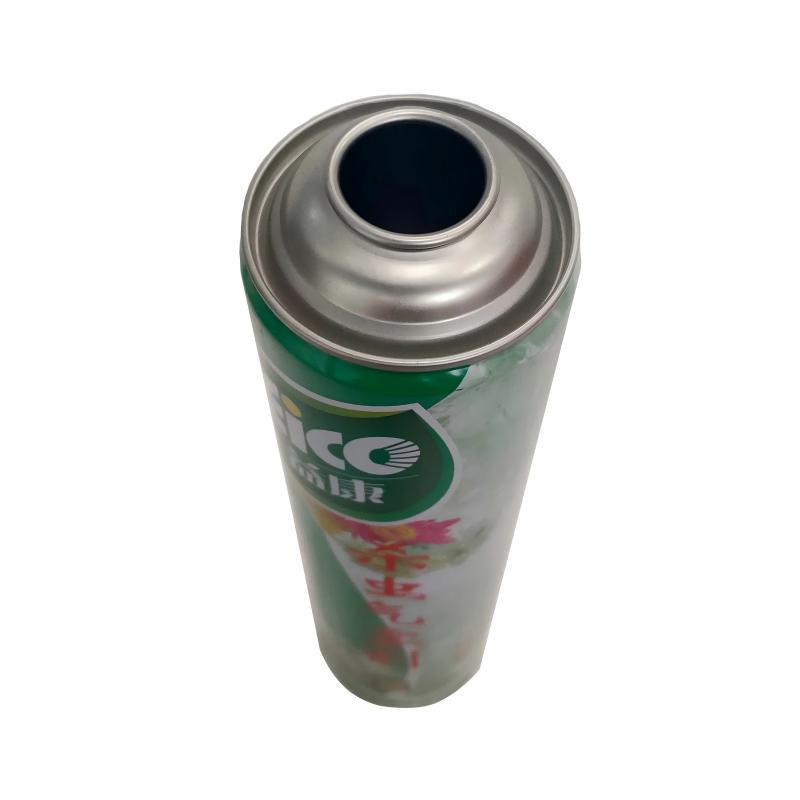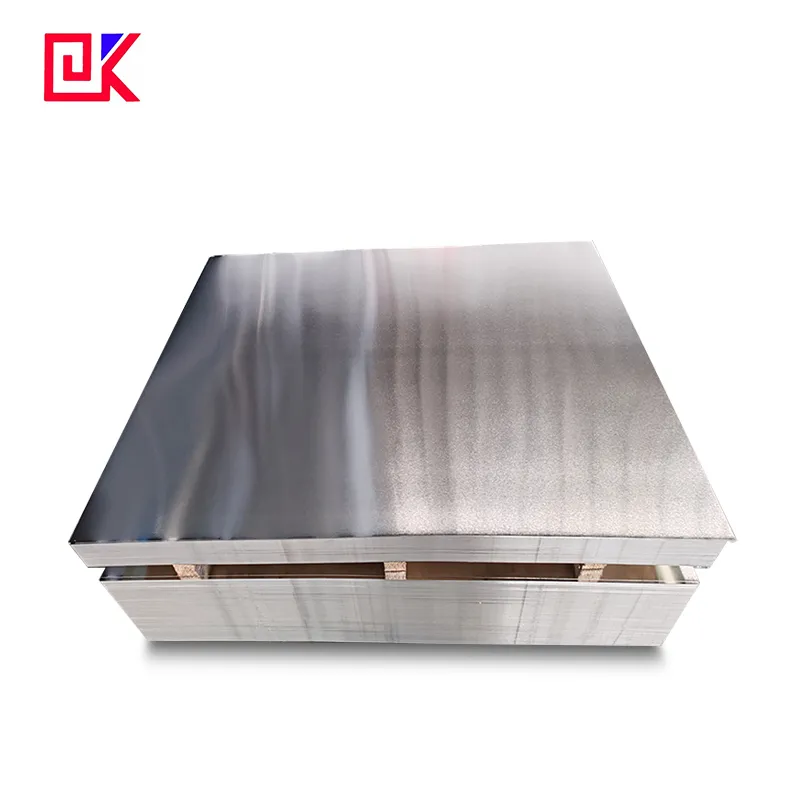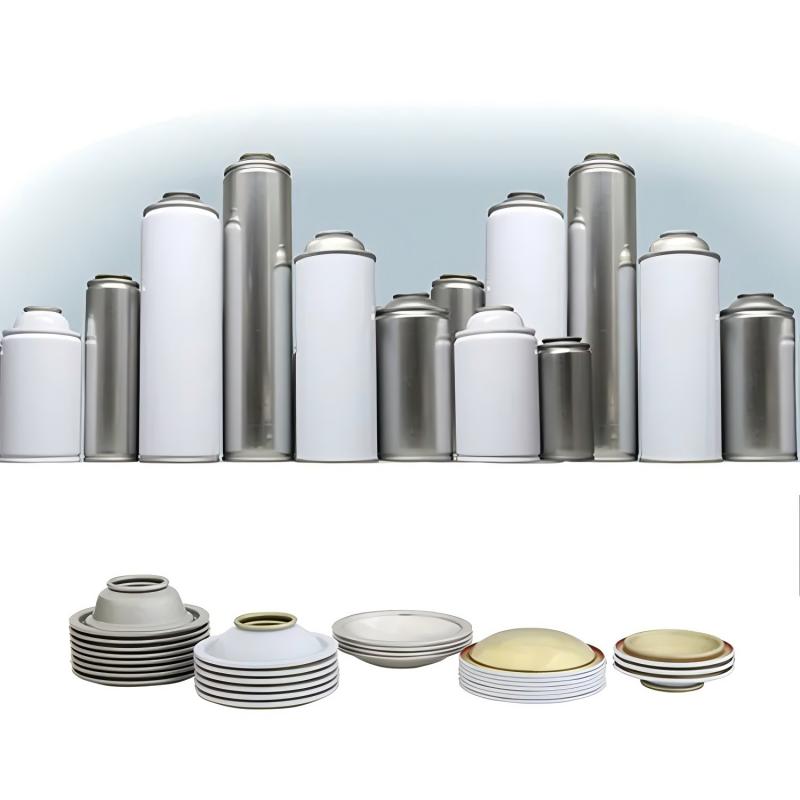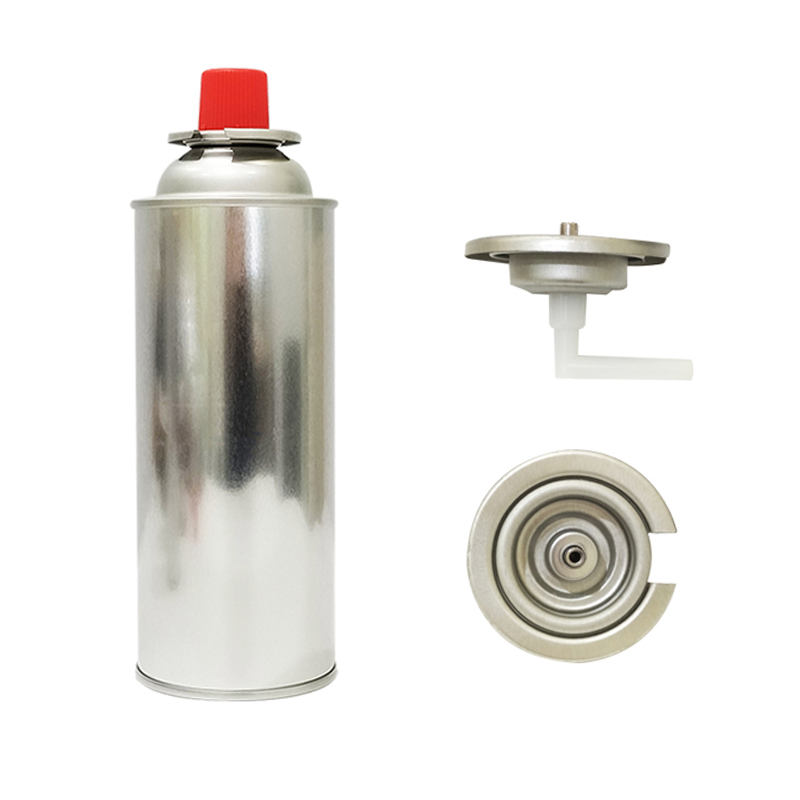08-21/2025
The protective effect of the tin layer is limited, especially when storing acidic foods, where there is a risk of tin corrosion. Therefore, during the production process, a protective coating or lining is often added to the inner surface of tinplate cans to further prevent direct contact between food and metal.


